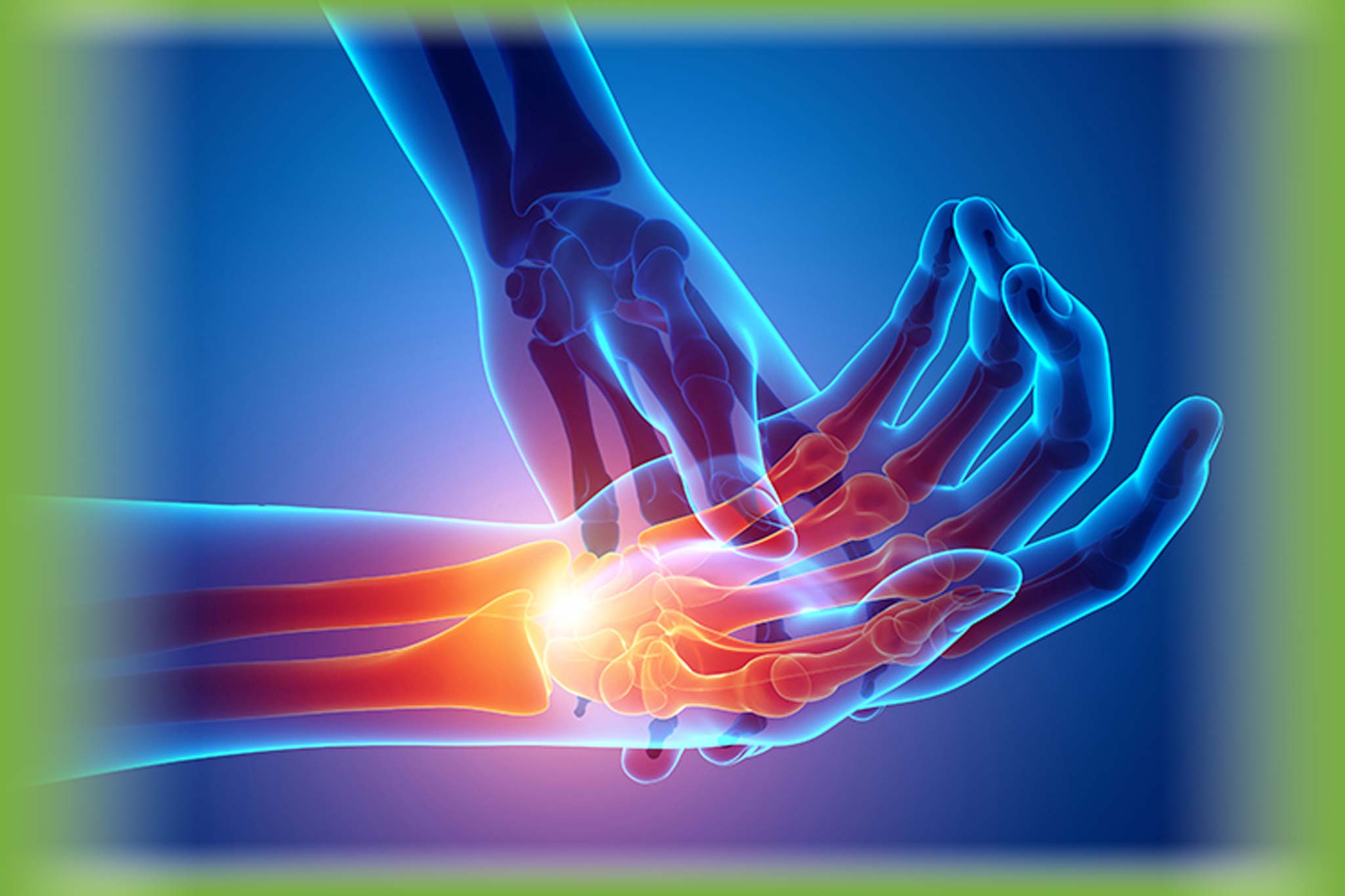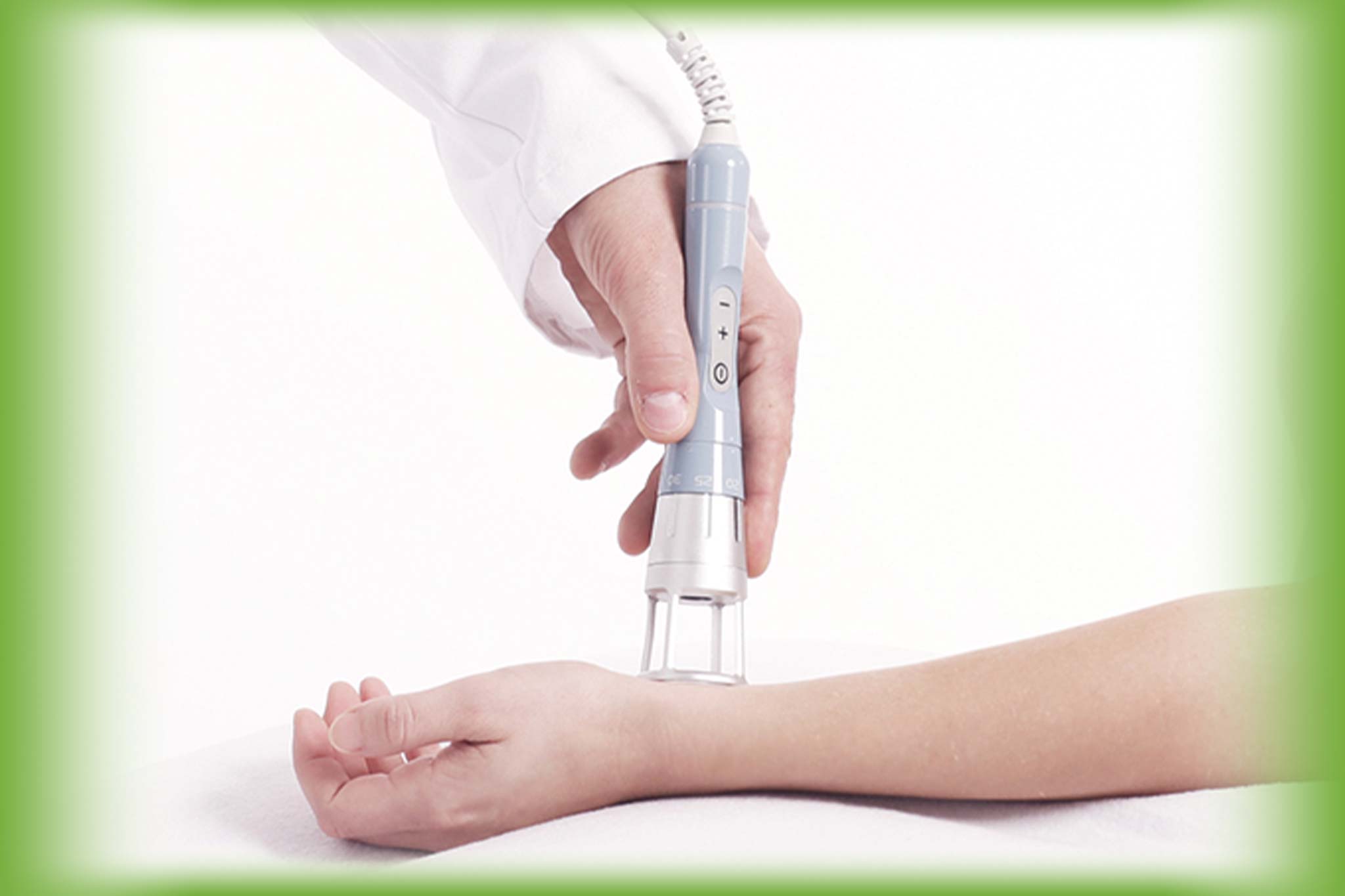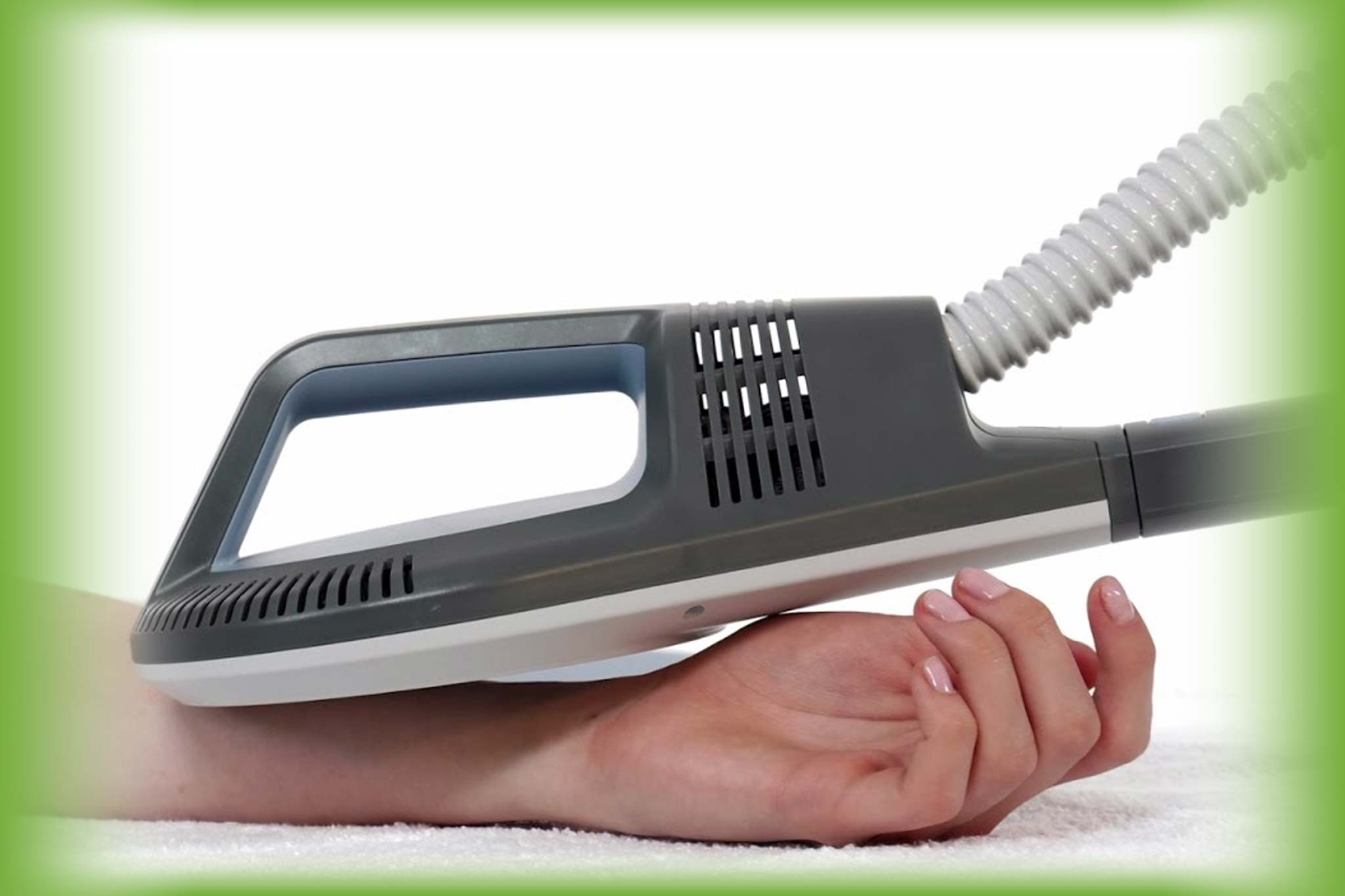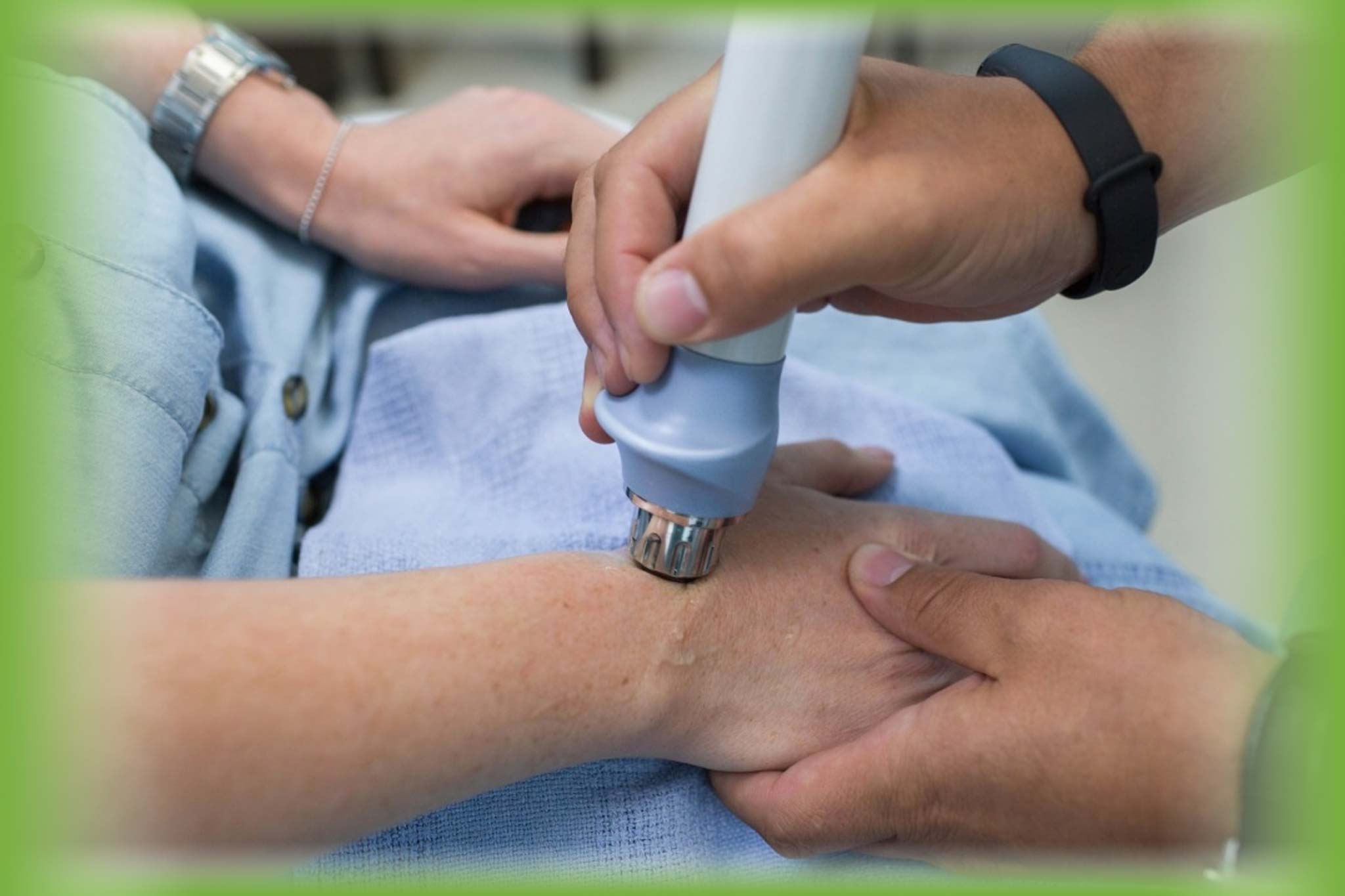Hand and Wrist Pain: Causes,
Symptoms, and Treatment Options
Hand and wrist pain is a common
issue that can affect daily activities, making it difficult to perform tasks
like typing, gripping, or lifting. Whether it's from overuse, injury, or an
underlying medical condition, hand and wrist pain can impact your quality of
life. Understanding the causes, symptoms, and available treatment options for
hand and wrist pain can help you manage your discomfort and regain mobility.
Common
Causes of Hand and Wrist Pain:
- Carpal Tunnel Syndrome: Carpal tunnel syndrome occurs when the median nerve,
which runs from the forearm to the hand, becomes compressed at the wrist.
This condition leads to pain, numbness, and tingling in the fingers and
wrist, often caused by repetitive hand movements or poor wrist posture.
- Osteoarthritis:
Osteoarthritis is a degenerative joint disease where the cartilage in the
hand or wrist wears down over time. This can cause pain, stiffness, and
swelling in the joints, particularly in the fingers and wrists, making it
harder to grip or move.
- Tendonitis:
Tendonitis in the hand or wrist occurs when tendons become inflamed due to
repetitive motion or overuse. This condition can cause pain, tenderness,
and limited movement, particularly in activities like typing, writing, or
playing sports.
- Fractures and Sprains: Hand and wrist fractures can occur due to trauma,
falls, or accidents, causing intense pain, swelling, and bruising. Wrist
sprains involve stretching or tearing of ligaments, often resulting from
sudden movements or twists.
- De Quervain's Tenosynovitis: This condition involves inflammation of the tendons on
the thumb side of the wrist. It causes pain and swelling in the wrist and
base of the thumb, often triggered by repetitive gripping or lifting
activities.
- Trigger Finger:
Trigger finger is a condition where a finger gets "stuck" in a
bent position, often due to inflammation in the tendons. This can make it
difficult to straighten the finger and can cause pain and a popping
sensation.
- Ganglion Cysts:
Ganglion cysts are fluid-filled lumps that typically develop on the back
of the wrist or the base of the fingers. While they may not always cause
pain, they can become uncomfortable or restrictive, depending on their
size and location.
Symptoms
of Hand and Wrist Pain:
- Persistent pain or discomfort in the hand or wrist
- Swelling or inflammation in the affected area
- Numbness or tingling sensations, especially in the
fingers
- Stiffness or reduced range of motion
- Weakness or difficulty gripping or lifting objects
- Pain that worsens with certain activities or movements
Key
Benefits of Regenerative Medicine for Hand & Wrist Pain:
- Non-Surgical Solution: Regenerative therapies, provide a non-invasive alternative to
surgery. This helps patients avoid the risks, recovery time, and potential
complications associated with surgical procedures.
- Stimulates Natural Healing: Regenerative treatments work by utilizing the body’s
own healing mechanisms. It’s used to promote tissue repair and
regeneration, targeting the root causes of pain and discomfort in the hand
and wrist.
- Reduces Inflammation:
Conditions like tendonitis, arthritis, and carpal tunnel syndrome often
involve chronic inflammation. Regenerative therapies help reduce this
inflammation, alleviating pain and allowing for a quicker return to normal
function.
- Restores Function and Mobility: By encouraging the regeneration of cartilage, tendons,
ligaments, and other tissues, regenerative medicine can improve strength,
flexibility, and range of motion in the hand and wrist, making it easier
to perform everyday tasks and activities.
- Addresses the Root Cause of Pain: Unlike traditional treatments that focus on symptom
management, regenerative medicine aims to heal the underlying tissue
damage. This can lead to more sustainable results and a reduction in the
need for long-term pain medications or repeated treatments.
- Faster Recovery Times: Regenerative treatments are typically associated with
quicker recovery times compared to surgical options. Patients may
experience less downtime, allowing them to return to their daily
activities faster and with less risk of complications.
- Minimal Risk and Side Effects: Since regenerative therapies often use the patient’s
own cells or minimally invasive injections, the risk of allergic reactions
or rejection is greatly minimized. This makes regenerative medicine a safe
option for treating hand and wrist pain.
- Long-Lasting Results:
By promoting tissue regeneration and healing, regenerative medicine can
provide long-term relief, potentially reducing the need for future
treatments or surgeries. For chronic conditions like arthritis, this can
lead to sustained improvement over time.
- Customized Treatment:
Regenerative medicine treatments can be tailored to each individual’s
specific condition and needs. Whether treating arthritis, tendon injuries,
or ligament damage, these therapies can be adjusted to target the precise
area and type of tissue requiring repair.
Treatment and Regenerative
Medicine
At La
Mano Regenerative Medical, we specialize in advanced regenerative
treatments designed to promote natural healing and restore function. Our goal
is to help you manage and relieve joint pain while minimizing reliance on
medications or invasive procedures.







